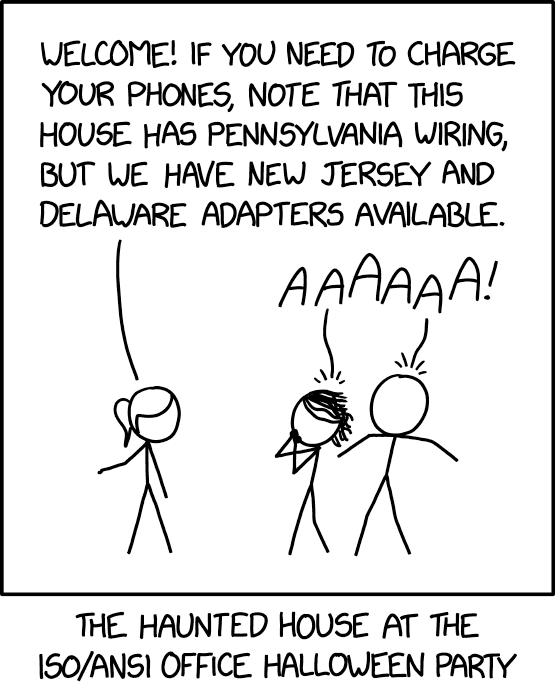

Yes. “Knowingly” is the hard part here. Reddit will of course say that you agreed to their terms of service and that the terms are reasonable because otherwise they couldn’t operate their service. However it is definitely true that many users didn’t realize that they were giving Reddit permission to sell their content (even if it is the logical conclusion).














Yes, that is also true. Prices are not directly related to cost, but to consumer’s willingness to pay. However in the long term there is a pressure to provide low prices and lowering cost will allow that.